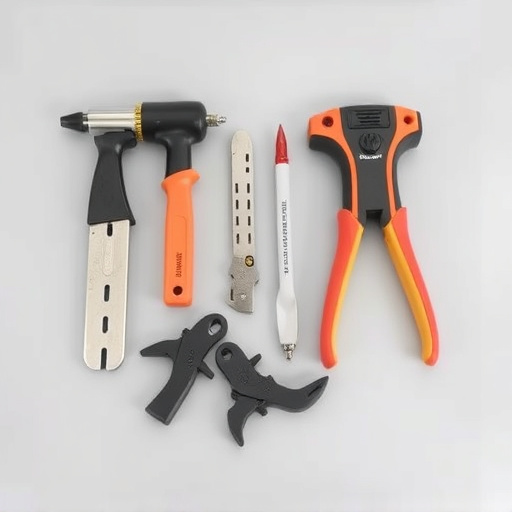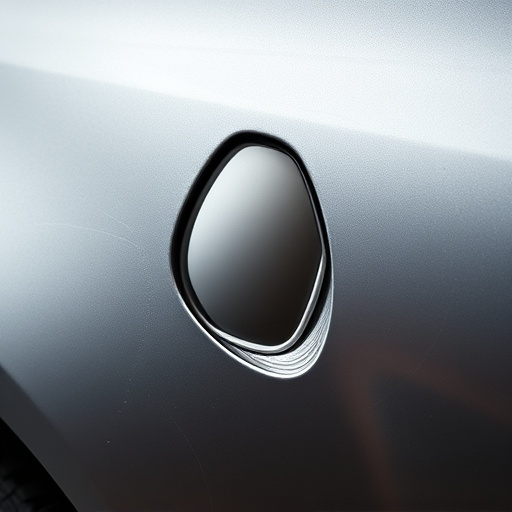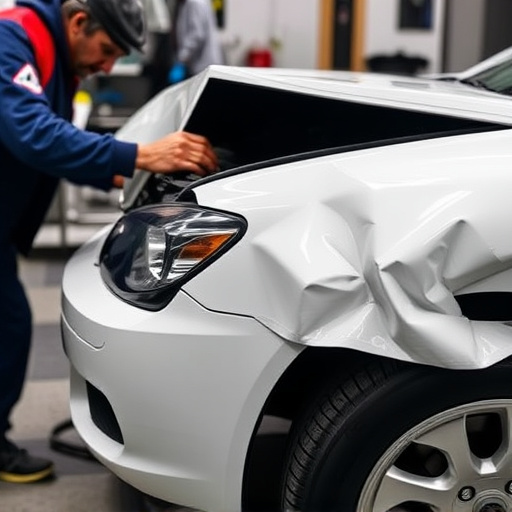Accurate documentation is crucial for successful direct repair programs, streamlining processes in automotive body shops. It enhances communication, reduces errors, and speeds up repairs, benefiting technicians and customers alike. Detailed records ensure transparency, build trust, and deliver high-quality services through efficient tracking of collision damage, parts, and work progress.
In the realm of automotive maintenance, accurate documentation is a game-changer for successful direct repair programs. This article explores how meticulous record-keeping serves as the cornerstone of efficient repairs, ensuring quality and reliability. From enhancing communication to streamlining processes, proper documentation revolutionizes workshop operations. By delving into these aspects, we uncover why it’s essential to prioritize accurate records in direct repair programs, ultimately fostering a robust and effective automotive service ecosystem.
- Accurate Documentation: The Cornerstone of Direct Repair Programs
- Ensuring Quality: How Documentation Drives Success in Repairs
- Streamlining Processes: The Role of Docs in Efficient Direct Repair
Accurate Documentation: The Cornerstone of Direct Repair Programs
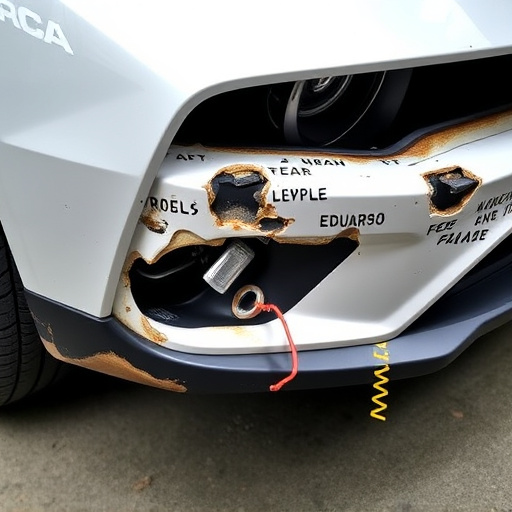
Accurate documentation plays a pivotal role in the success of any direct repair program. It acts as the cornerstone upon which efficient and effective automotive repair services are built. In the fast-paced world of car restoration, precise records ensure that every step taken during a car body repair is tracked, measured, and communicated clearly. This isn’t just about ticking boxes; it involves documenting everything from initial assessments and parts replacement to technical specifications and labor costs.
For direct repair programs to function seamlessly, accurate documentation must be comprehensive and up-to-date. It facilitates better decision-making by providing valuable insights into historical repairs, helping to identify recurring issues, and ultimately enhancing the quality of car body repair services. Furthermore, it fosters trust between repair facilities, insurance companies, and vehicle owners by ensuring transparency and accountability throughout the entire process.
Ensuring Quality: How Documentation Drives Success in Repairs

Accurate documentation is a cornerstone in any successful direct repair program. It ensures that every step of the vehicle repair process is meticulously recorded and tracked, fostering quality control and consistency. Well-documented procedures serve as a reliable guide for technicians, reducing errors and promoting standardized practices across various vehicle repair services, from minor aesthetic fixes to complex hail damage repair.
This meticulous approach extends beyond individual repairs to the overall performance of the program. By maintaining detailed records, repair facilities can identify trends, optimize workflows, and adapt their strategies based on real-world data. For instance, documentation can highlight recurring issues in tire services, prompting proactive measures to enhance safety and efficiency. Ultimately, comprehensive documentation empowers stakeholders to make informed decisions, ensuring the direct repair program remains competitive, efficient, and customer-centric.
Streamlining Processes: The Role of Docs in Efficient Direct Repair
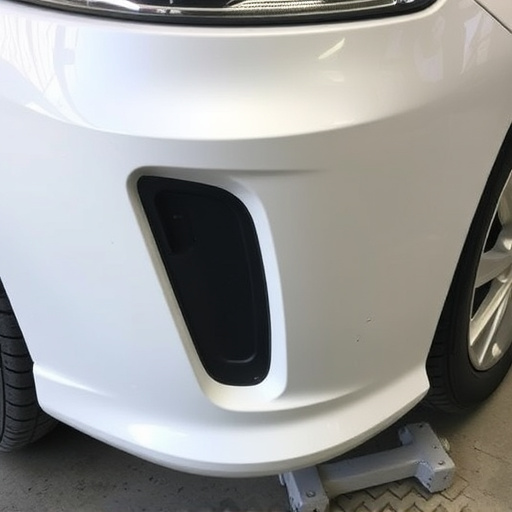
Accurate documentation plays a pivotal role in the success of any direct repair program. It acts as the backbone for streamlining processes within an automotive body shop, ensuring efficiency and effectiveness in every step of the autobody repairs journey. Well-organized documents facilitate smooth communication among staff, reduce errors, and speed up turnaround times.
When a vehicle arrives at the shop with collision damage repair needs, detailed documentation captures the extent of the issue, tracks parts required, and logs work progress. This information is invaluable for technicians, providing them with clear guidelines for repairs. Moreover, precise records help manage customer expectations by offering transparent updates on the status of their vehicles, fostering trust in the shop’s capabilities. An efficient direct repair program relies heavily on these documentation practices to deliver top-notch automotive body shop services.
Accurate documentation is not just a best practice, but an indispensable component of successful direct repair programs. By meticulously recording every step and detail, repair shops can ensure consistent quality, streamline workflows, and foster efficient collaboration among team members. This, in turn, leads to faster turnaround times, higher customer satisfaction, and ultimately, a competitive edge in the market for direct repair services. Implement robust documentation processes today to elevate your direct repair program tomorrow.


